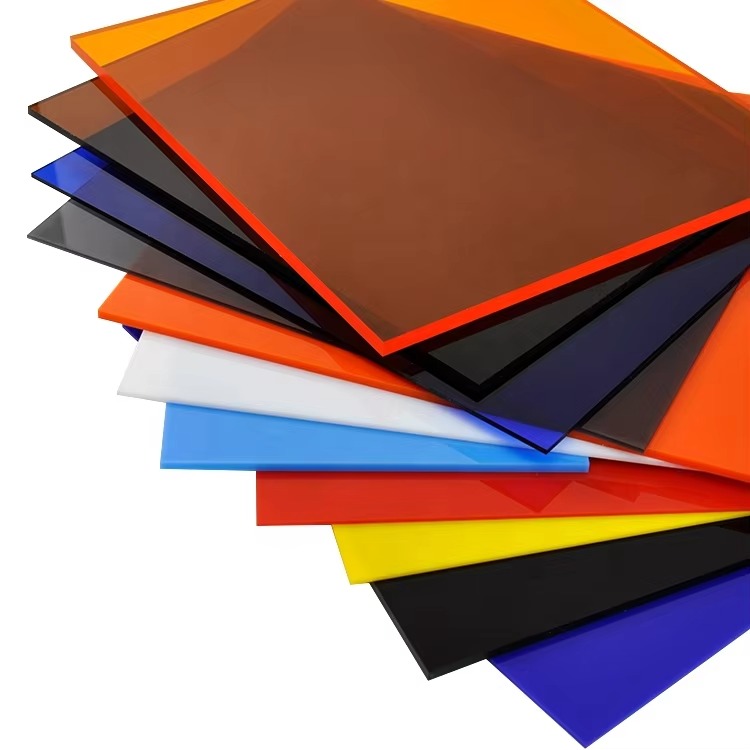 Acrylic products are manufactured through a series of intricate processes that ensure their quality and versatility. The production begins with the selection of raw materials, typically methyl methacrylate (MMA), which undergoes polymerization to form solid acrylic resin. This resin is then shaped into various forms through casting or extrusion processes.
Acrylic products are manufactured through a series of intricate processes that ensure their quality and versatility. The production begins with the selection of raw materials, typically methyl methacrylate (MMA), which undergoes polymerization to form solid acrylic resin. This resin is then shaped into various forms through casting or extrusion processes.Fabrication Techniques
Once the acrylic sheets or blocks are formed, they undergo further processing to create the final products. Common techniques include laser cutting, CNC machining, and vacuum forming

. Laser cutting provides precision and clean edges, making it ideal for custom applications

. CNC machining allows for intricate designs and shapes, while vacuum forming is used to create three-dimensional objects with smooth surfaces


The final stages of production involve polishing, painting, and assembly. Polishing ensures a smooth, glass-like finish, while painting and coating can enhance the product's appearance and UV resistance. Quality control is a critical aspect, with inspections checking for clarity, surface smoothness, and dimensional accuracy.
Market Opportunities
The acrylic industry is expanding into new application areas, driven by technological advancements and sustainability initiatives. Innovations in polymerization processes and the integration of nanotechnology are enhancing the material's performance. Meanwhile, the focus on eco-friendly solutions is driving the adoption of recyclable acrylic materials. These trends are creating new opportunities in sectors such as renewable energy, healthcare, and smart technologies.




